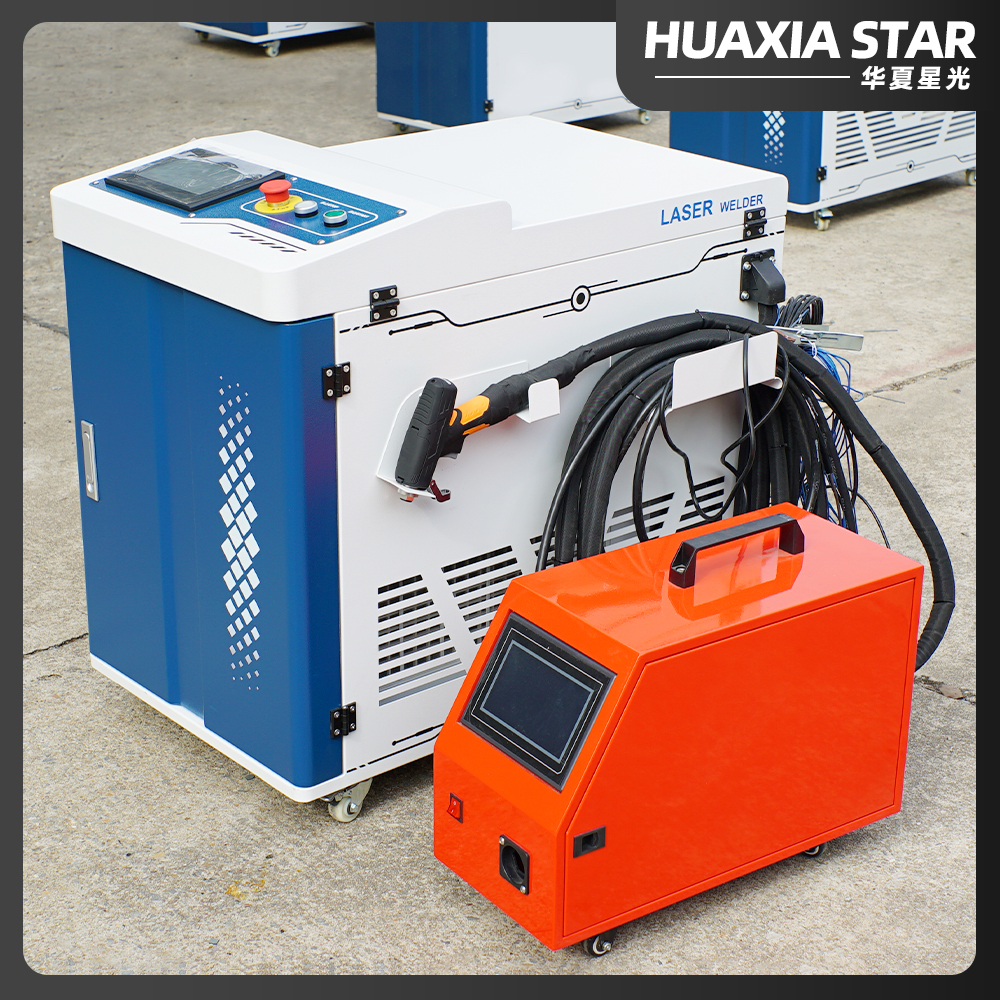Aluminum and aluminum alloys are widely used in construction, transportation, automotive, electronics, packaging and aerospace fields due to their light weight, high strength and corrosion resistance. With the development of technology, aluminum alloy welding process has been enhanced. Laser welding is a commonly used welding technology in the current market, which has the advantages of concentrated high-power heat source, small heat-affected zone, less deformation, energy saving and consumption reduction.
In the daily welding process, due to the special properties of aluminum, laser welding of aluminum and aluminum alloy will be difficult to control the laser focus and the molten pool; when the welder sets the process parameters improperly or lack of rich experience, there may be porosity, cracking and deformation, blackening of the weld and biting edges do not merge and other problems, which seriously affects the quality of the weld and its performance. Next, we will introduce the difficulties and solutions encountered in welding aluminum.
Porosity
The main problem encountered when using laser welding aluminum is porosity. During the welding process, the laser beam causes fluctuations in the molten metal pool, and when the gas trapped in the metal expands and overflows, porosity occurs; in addition, the aluminum oxide film prevents the bonding between the metals, adsorbs moisture and is prone to impurities, which contributes to the formation of porosity.
The formation of porosity leads to weakened welds, reduced corrosion resistance and unsightly welds. In general, the following measures are recommended:
Adjust the appropriate laser power to ensure uniform heat input.
When welding thin plates, it is recommended to increase the speed to minimize the time of gas expansion in the metal. When welding thick plates, the welding speed can be reduced with material preheating to ensure weld properties.
Clean the weld surface chemically or mechanically to minimize the effect of impurities on weld quality.
Control the use of shielding gas or flux to reduce oxidation and the amount of gas formed.
Thermal Cracking
Due to the high temperatures generated during the welding process, this can cause aluminum to expand and contract rapidly and create stress points. If the solidification interval of the weld is too short and the stress points are not released, they can lead to cracking of the aluminum and thermal cracking; in addition, oxidation and thermal cracking can occur easily when the weld is not well protected.
To avoid this, we need to control the heat during the welding process, preheat the weldment sufficiently before welding, and adjust the protective gas.
Weld blackening
The blackening of laser welded aluminum is mainly caused by insufficient laser power, unfocused amount not adjusted to the right value, or damaged laser lens. In this case, the laser energy fails to reach the melting threshold of the oxide layer on the surface of the aluminum, causing the aluminum to mix with air and impurities, resulting in blackening of the welded part.
In order to get better welding quality and aesthetics, during the aluminum welding process, it is recommended to firstly choose the right power and set the correct amount of defocus; secondly, you can also check whether the protective lens is damaged.
Post time: 27-06-24





